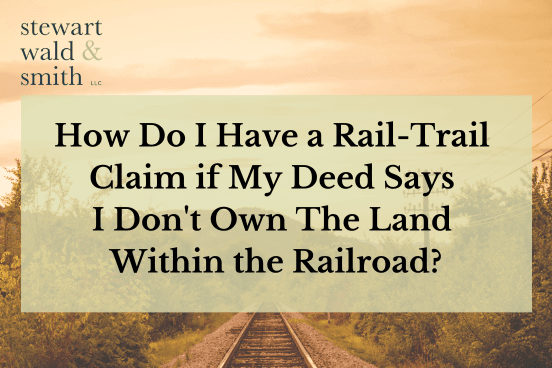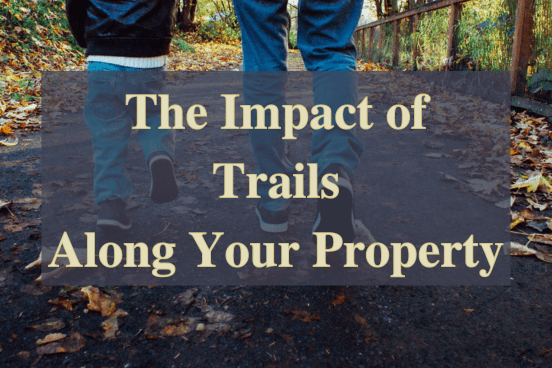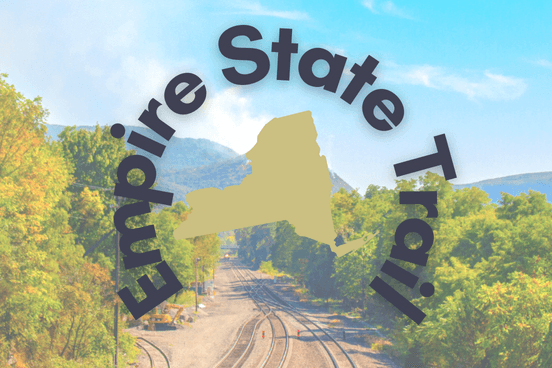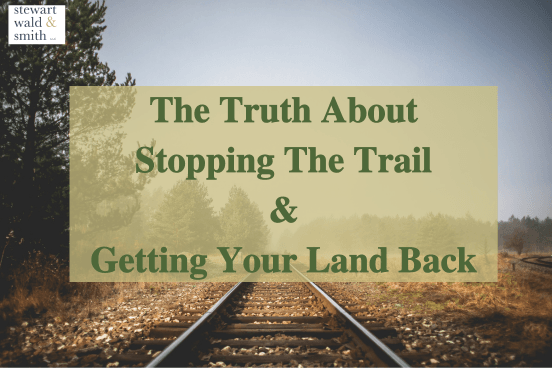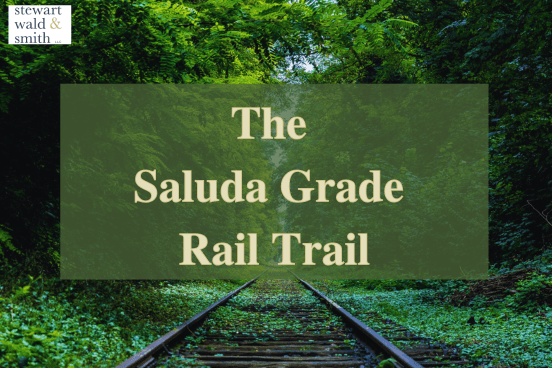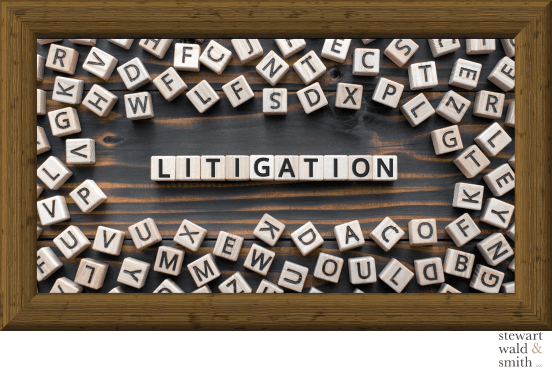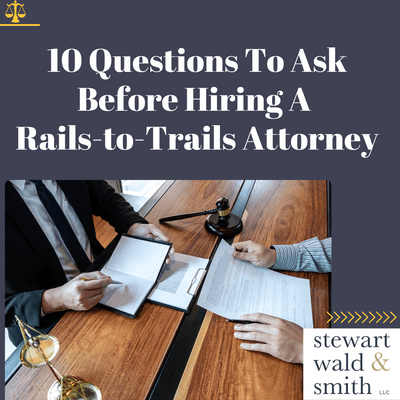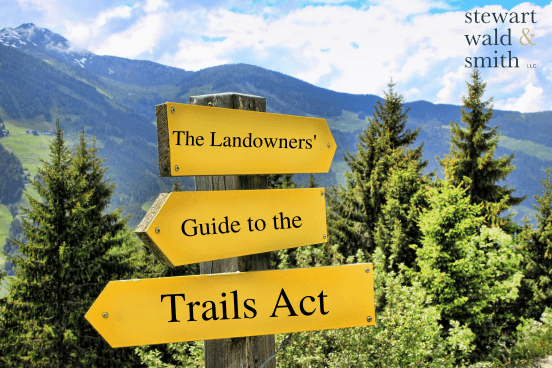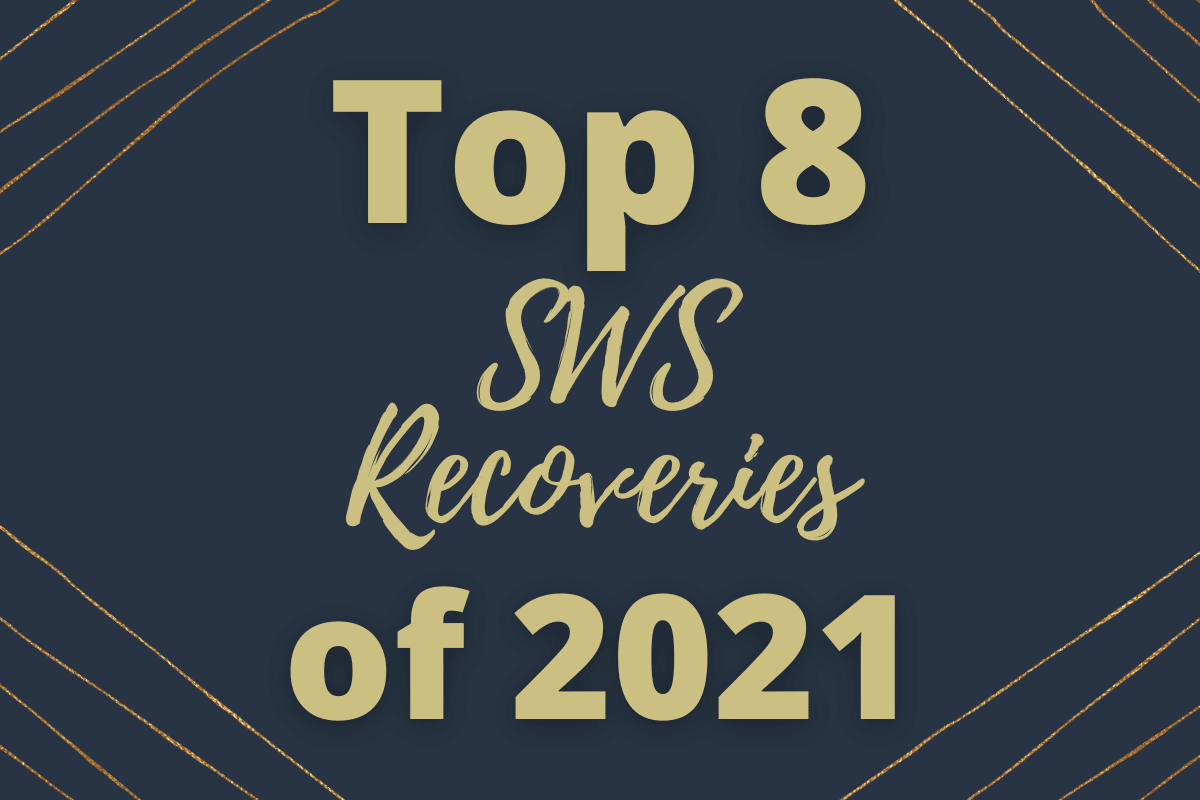Blog
Landowners across the country who own property along a railroad right-of-way usually don’t spend too much time thinking about the land within the railroad corridor, and that’s perfectly understandable. Often, even though the trains don’t frequent the tracks and it’s become a rare sight to see a train pass by, landowners think the railroad still owns the land. After all, there used to be a railroad there, and it’s easy to assume, because the railroad managed and maintained the corridor to the exclusion of others, the railroad owns the corridor land outright, even where the railroad appears long gone.
However, in reality, the land within railroad rights-of-way across the United States are owned in many ways, and often, railroads only own the rights to use their corridors for a railroad and do not actually own the land outright.
Attorney Reed W. Ripley celebrates 3 years with Stewart, Wald & Smith, LLC (“SWS”) representing landowners across the nation in Rails-to-Trails cases. Before joining SWS, Reed spent time at First American Title Insurance, where he specialized in examining underlying title to land in large scale commercial real estate transactions. After that, he spent time at Morris Laing in Wichita, Kansas, one of the most respected firms in the state, analyzing complex title issues for corporate clients.
The Eastrail is a collaborative project between King County, Sound Transit, City of Kirkland, City of Woodinville, Snohomish County, and Puget Sound Energy. Each of these entities own different segments of the trail.
The Eastrail runs 42 miles along the east side of Lake Washington – from Renton to Snohomish, Washington.
But one must not forget, it all started with a railroad.
Even though recreational trails are often considered amenities to the community, they come with costs. When those costs fall on adjacent landowners, the government should compensate them for their loss. That loss is not limited to the loss of the land. It may also include the loss associated with the severance of the right of way land from the remaining parcel.
The reason landowners often think they don’t own land in the former railroad corridor is because their deed and/or survey shows their property line does not extend into the railroad corridor. It makes complete sense that the landowner would have that belief based on what the deed and survey show. However, it turns out that belief is usually wrong.
So, to answer the question “How do I have a rail-trail claim if my deed says I don’t own the land within the railroad?” It all comes down to proving that the railroad held an easement along the railroad corridor. This is exactly what Stewart, Wald & Smith do for landowners.
When discussing rails-to-trails claims with landowners, the prospect of an open invitation to the public to the landowners’ property is often the primary concern with the imposition of the recreational trail. These landowners, like all landowners, value their privacy. Understandably, they simply do not want the public to walk through their backyards.
Even though rail-trails are rightly viewed by some as amenities, they do come with a cost. Trail-adjacent landowners should not have to pay for such costs.
This blog addresses what is meant by the phrase, “rails-to-trails", details the history of "rails-to-trails", the current status of "rails-to-trails", and explains "rails-to-trails litigation."
One of the questions Stewart, Wald & Smith is often asked is: “I owned my property on the date the railroad line was authorized for conversion, or when the taking of land occurred, and I’ve filed suit, but what happens if I sell my land before the lawsuit is over?”
This is a fair question, and the answer is simple. Nothing happens.
In January of 2021, the MTA Metro-North Railroad announced it was launching a project to create the Beacon Line Rail Trail. This recreational trail is 41 miles long and will run through Duchess and Putnam Counties. This portion of trail is the continuation of the Empire State Trail project started in 2017 by Governor Cuomo.
When I meet landowners who are learning about rails-to-trails litigation for the first time, they often express a similar sentiment. Rather than wanting to discuss whether they can recover money from the federal government for a taking of land, they often want to know whether they can hire my law firm, Stewart, Wald & Smith, to stop the recreational trail from happening at all.
The simple answer is landowners cannot stop a rail-trail from moving forward by filing a lawsuit. The reason it cannot be stopped through legal action is because of a United States Supreme Court decision called Preseault v. United States, where Vermont landowners challenged whether the federal government had the power to authorize rail-trail conversions without the landowners’ consent. The Supreme Court decided the federal government did have that power, and the landowners’ only remedy was a money award from the federal government based on constitutional rights to “just compensation” when the government takes private property for public use.
If you live in or near upstate South Carolina or Western North Carolina, you’ve likely heard of the Saluda Grade Trail or the Saluda Grade Railroad. You may know the history of the railway and have heard about the potential for a new recreational trail. You may be a landowner near the proposed recreational trail and have questions about the plan for the trail, the rights you have as a property owner, or the effect the trail may have on your property.
Stewart, Wald & Smith is a rails-to-trails law firm that solely practices in the area of helping landowners recover money for land that is taken to create recreational trails. We hope that many of your questions will be answered below. If you are a landowner and will be affected by the Saluda Grade Rail Trail, contact our firm to discuss the specifics of your case.
Stewart, Wald & Smith represents landowners whose land has been taken by the federal government for rails to trails conversions.
Steve was on location taking a look at a new potential case and thinking about what landowners often share with him when he meets them. Sometimes landowners share they are in favor of the recreational trail, and he informs them that our cases are neutral towards the trail.
Steve was also thinking about constitutional rights, and how important the right is to get compensated when the government takes your land for a public purpose, in this case, a rail-trail.
If you think about the founders of this country, one of the things they were concerned about was that the King of England could not take your land without paying you money. So even if you are in favor of a recreational trail, it does not mean that your land should be taken without paying you something for it.
So, we represent landowners and get money for them for the taking of their land.
Stewart, Wald & Smith provides you with a brief rundown of the litigation process in a rails-to-trails case, so you know what to expect after your claim is filed.
So, you’ve decided to hire a law firm to pursue your claim for just compensation based on the taking of your land in an abandoned rail corridor for trail use. That’s excellent, but what will the litigation process actually look like? This article provides a brief rundown of the process, so you know what to expect after your claim is filed.
Maybe you heard some news in your community about that inactive railroad next to your property and the plans to turn it into a trail. Maybe you received a letter from a law firm telling you about your rights when it comes to a rail-trail conversion along your property. Or maybe you were talking to your neighbors and heard the news – the news that the quiet railroad corridor that hasn’t seen a train in decades is going to change - change that would bring the general public right along your back yar
Rail-to-trail conversions are only possible thanks to the Trails Act, an act of Congress that allows railroads to offer up their railroad rights-of-way for public recreational hiking and biking use in lieu of abandonment. But what is the National Trails System Act, otherwise known as the Trails Act, and why does it lead to just compensation for landowners?
This guide intends to provide those answers.
One of the most frequent questions in Rails-to-Trails practice is: How, and why, do these landowners own the land in the railroad corridor? That land within the railroad corridor almost never shows up in the deed that transferred ownership of the adjacent land to the landowners, or in surveys.
This past year, like years before, Stewart, Wald & Smith secured millions of dollars for landowners across the country.

Did you receive our mailer, or have any questions for us? We’re here to help you take the next step for just compensation.
Notable Success Examples
-
In Haggart v. United States, our attorneys recovered $177,400,000 on behalf of 254 landowners in King County, Washington, along a 25.45-mile trail.
-
In Raulerson v. United States, our attorneys recovered $33,300,000 on behalf of 264 landowners in Beaufort County, South Carolina, along a 25.05-mile trail.
-
In Smith v. United States, our attorneys recovered $26,477,000 on behalf of 29 landowners in King County, Washington, along a 25.45-mile trail.
-
In Ansley Walk v. United States, our attorneys recovered $18,416,000 on behalf of 5 landowners in Fulton County, Georgia, along a 1-mile trail.
-
In Furlong v. United States, our attorneys recovered $14,200,000 on behalf of 272 landowners in Albany, New York, along a 10.94-mile trail.
